We have already mentioned that Denon is celebrating its 110th anniversary by releasing a series of special models. Initially, we tested the amplifier PMA-A110, which ran off with top marks. Now we turn our attention to the matching player, DCD-A110.
The DCD-A110 is similar to the amplifier of the exterior (everything else would be weird, too), but is somewhat smaller and lighter. With 16 kg. The front is titanium gray and dominated by a large, central display. A total of eight push buttons are scattered with a slightly random hand around the rest of the front. There is what need to be there – and just that. Anyway, all operation is done with the remote control, which can control both amplifier and player.
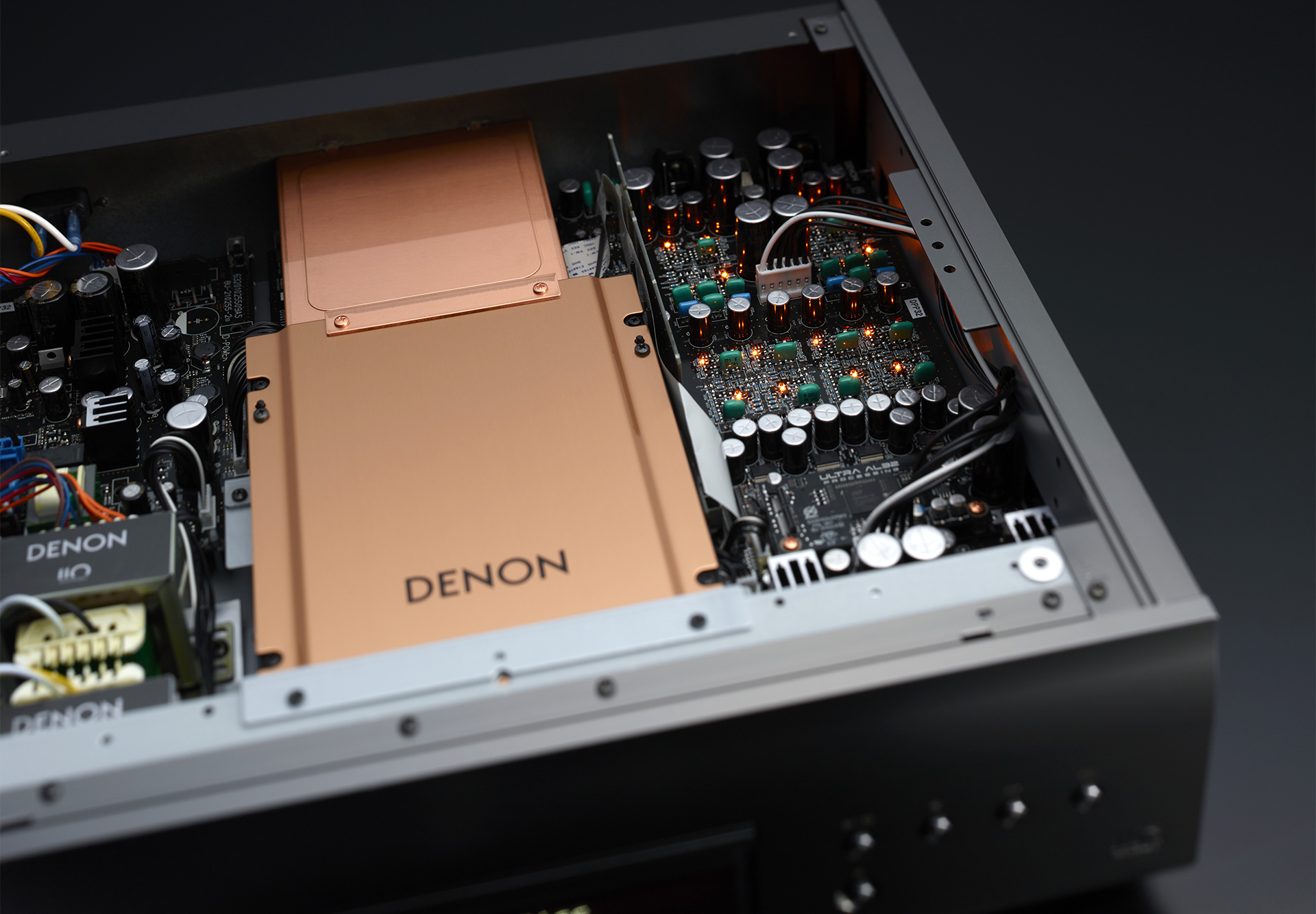
As with the other anniversary models, Denon has taken as its starting point an existing model, in this case the DCD-2500s. But audiophile pixie dust has been sprinkled over the construction to extract extra details. Among other things, it has a better power supply, a brand new DAC part with four PCM1795 converters from Burr-Brown and, last, but not least, an analog filter section built with discrete components. All luxury parts and the craftsmanship is top notch.
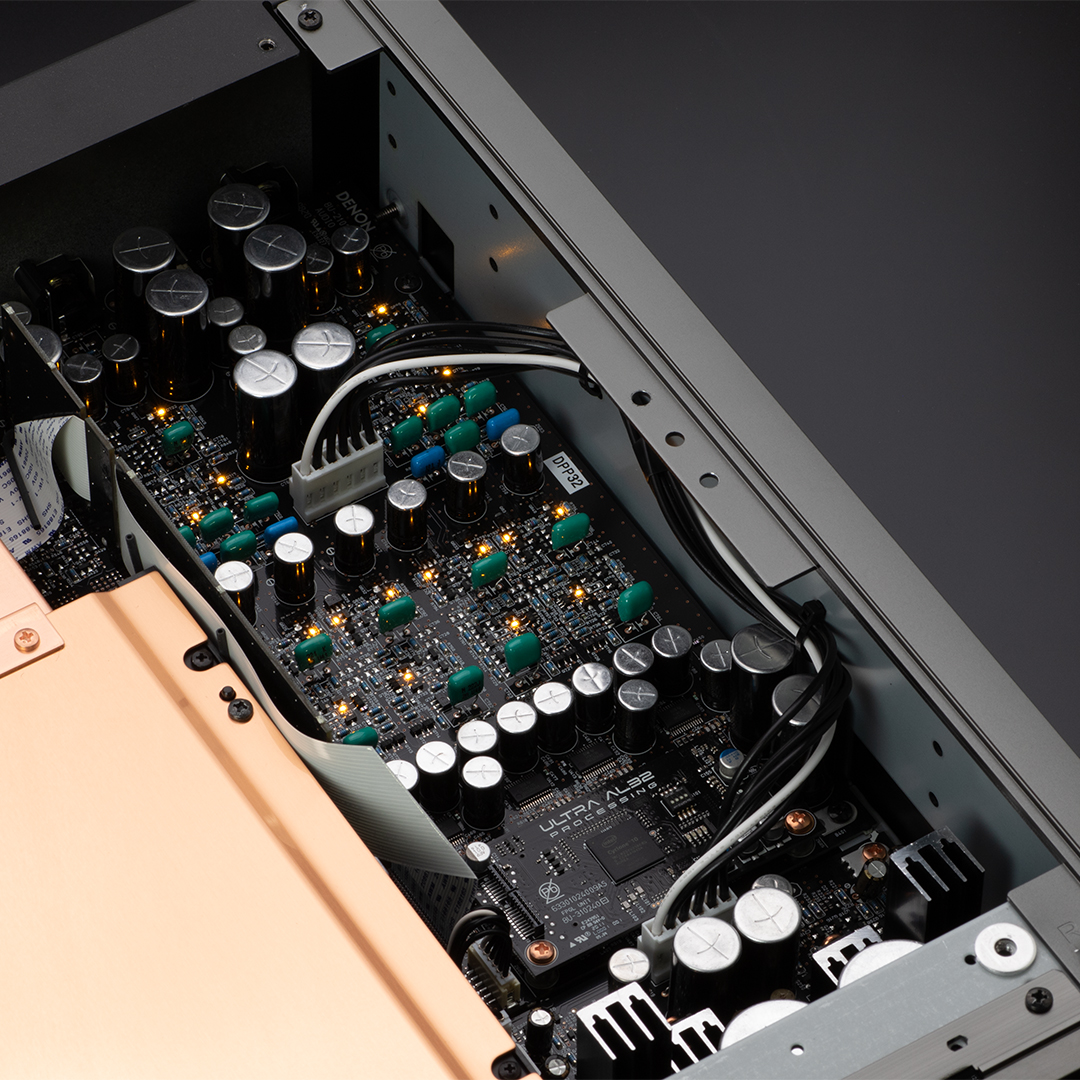
Only a few titles on SACD
The Denon DCD-A110 can play SACD discs. But regardless of the fact that the Super Audio CD format allows for better sound quality than the almost 40-year-old CD format, it is an advantage that has never really been realized. Since its launch in 1999, approx. 6,200 titles has been published in the format, and there have been virtually no new ones in the last ten years. So if you do not already have a significant SACD collection, that should hardly be the reason to buy the player.
In addition to higher technical quality, the SACD format allows for up to six audio channels, and some of the releases on the format have been surround mixes of older albums. This option is not supported by the Denon DCD-A110. This is understandable as it would triple the number of expensive components in the DAC and filter section. But it limits the number of albums one can enjoy. Even further.
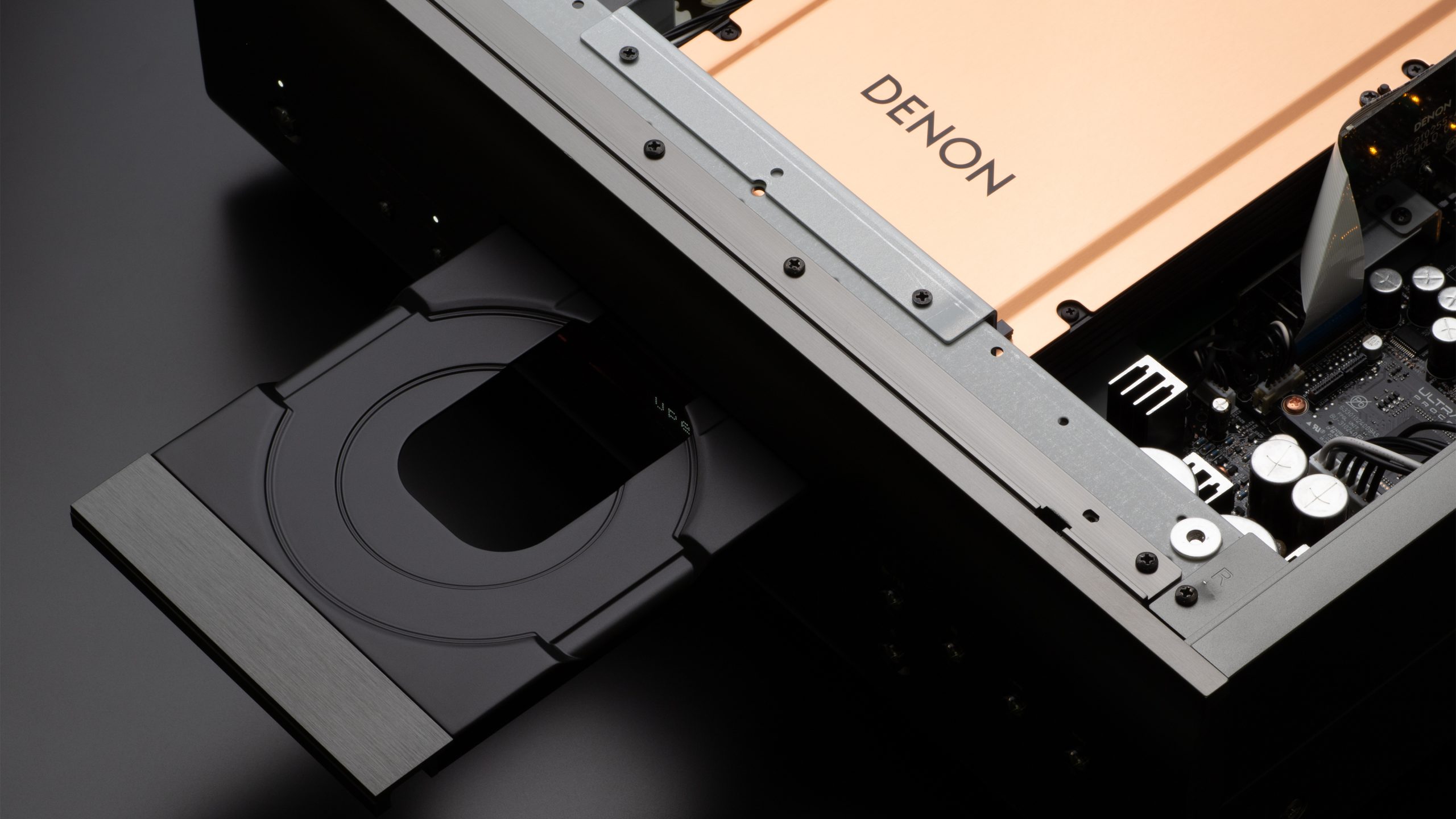
The final player
The CD is not dead, but it is a format that has its future behind it. New releases on vinyl have overtaken releases on CD, and today both are niche formats compared to digital streaming and download. Therefore, the Denon DCD-A110 will probably be seen as “the final investment” in a CD player. A player that will cover the need to show the existing CD collection from its best side in the years to come.
No cat flap for the future
It comes as a surprise that Denon has not chosen to keep a cat flap open for the future by equipping the DCD-A110 with digital inputs. That way, the really fine digital converter could have raised the sound quality of a media streamer or other digital sources. Playing audio files from a connected USB hard drive would also have increased the usability without being very technologically demanding.
Technics SG-G700 and Naim Uniti Star are examples of CD players that have gone all the way and have streaming built in, while the McIntosh MCD600 “just” gives access to use the converter with external sources.
In fact, it is difficult to find another CD player at the expensive end of the market that does not have at least one digital input. But I suppose, that it would probably have disturbed the uncompromising purist touch as a player for CD enthusiasts.
For the same reason the back of the DCD-A110 a study in simplicity: A set of solid RCA outputs. No, there is regulated output – volume control is a task for an amplifier! There is also a coaxial digital output and an optical ditto. In case anyone would use the player as a drive mechanism. But that would make it pretty much identical to the cheaper DCD-2500s. And you can also not play SACD in HD resolution via the digital output.
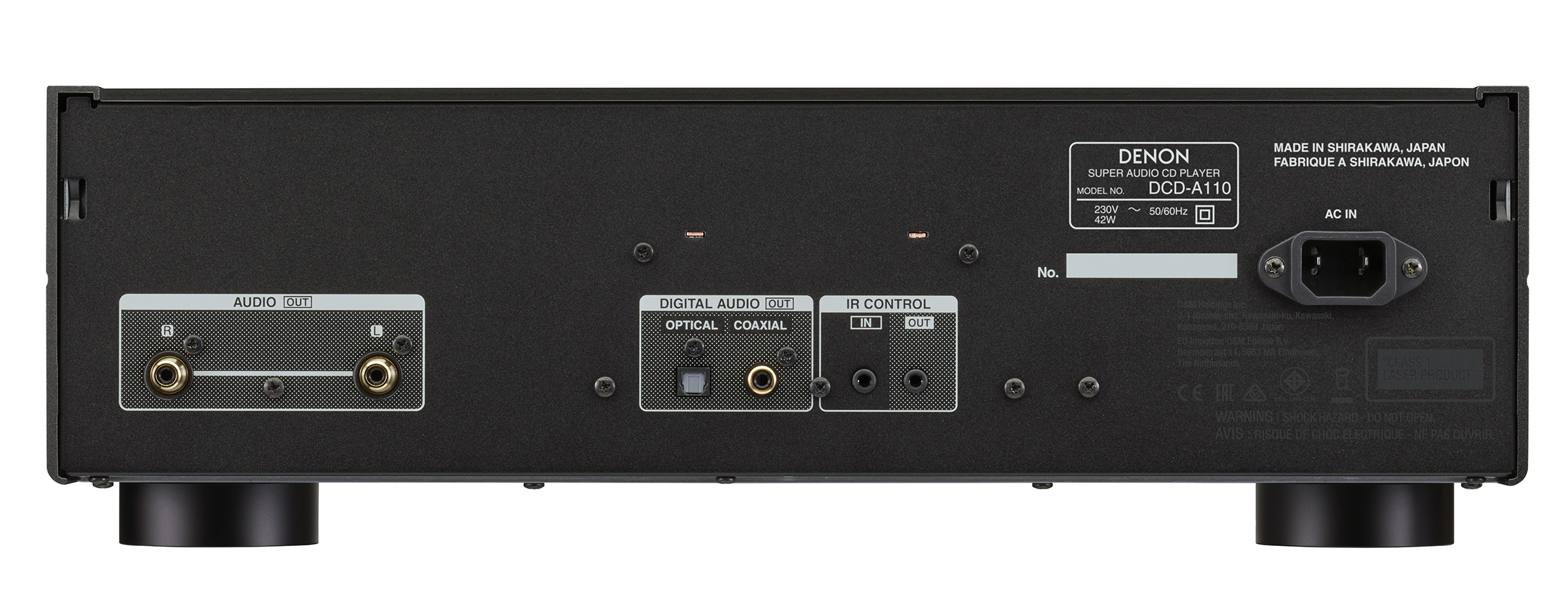
The sound quality
But after looking at all the limitations, let’s focus on what the Denon DCD-A110 can actually do – play physical, digital music media. Because it does that brilliantly.
Since they are designed to work together, the DCD-A110 was connected to the Denon PMA-A110 amplifier. And to assess the qualities of the digital part of the player, listening was done both via the analog input on the amplifier and with a digital connection – and thus around it.
Both sounded really good. But it sounded best through the DCD-A110’s digital converter, even though the differences were small. In both cases, you are presented with a large and harmonious sound image, where the illusion of the recording space is drawn up precisely, both in width, depth and height. A characteristic that says more about the qualities of the amplifier than about the CD player, and which is similar to what I have heard with other sources.
Real sound
Where the DCD-A110 succeeds in raising the bar is when it comes to closeness and integrity. With the DCD-A110 as the “analog” source, instruments and voices on stage get a little more life. A violin sounds a little more like a physical violin, and drums and cymbals stand a little more convincingly in the room in front of the listener. These are small differences, and we are talking about a relative improvement from an already high level.
If I could not compare directly, I would definitely not miss the authenticity and presence of “Somewhere Over The Rainbow” with GinmanBlachmanDahl (The Velvet Blues, The Dali Jazz Edition). But it does sound a tad better via the DCD-A110’s digital part.
The same story is repeated on the test classic “I’m Confessin ‘” from Jazz at the Pawnshop: Vibraphone and saxophone look great in the room in a slightly more present way than through the amplifier’s digital input. So you almost feel like going over and touching it. But it is still a difference on a very subtle level.
That the differences between the analog output on the DCD-A110 and the digital input on the PMA-A110 are small stands to reason: The same digital processor (Ultra AL-32) and digital converter (4 x Burr-Brown PCM1795) is used in both devices, but only the CD player has the discrete filter. A small difference, but it is real. Whether you want to pay that much extra to realize it, remains a personal assessment – at to just over two Grand.
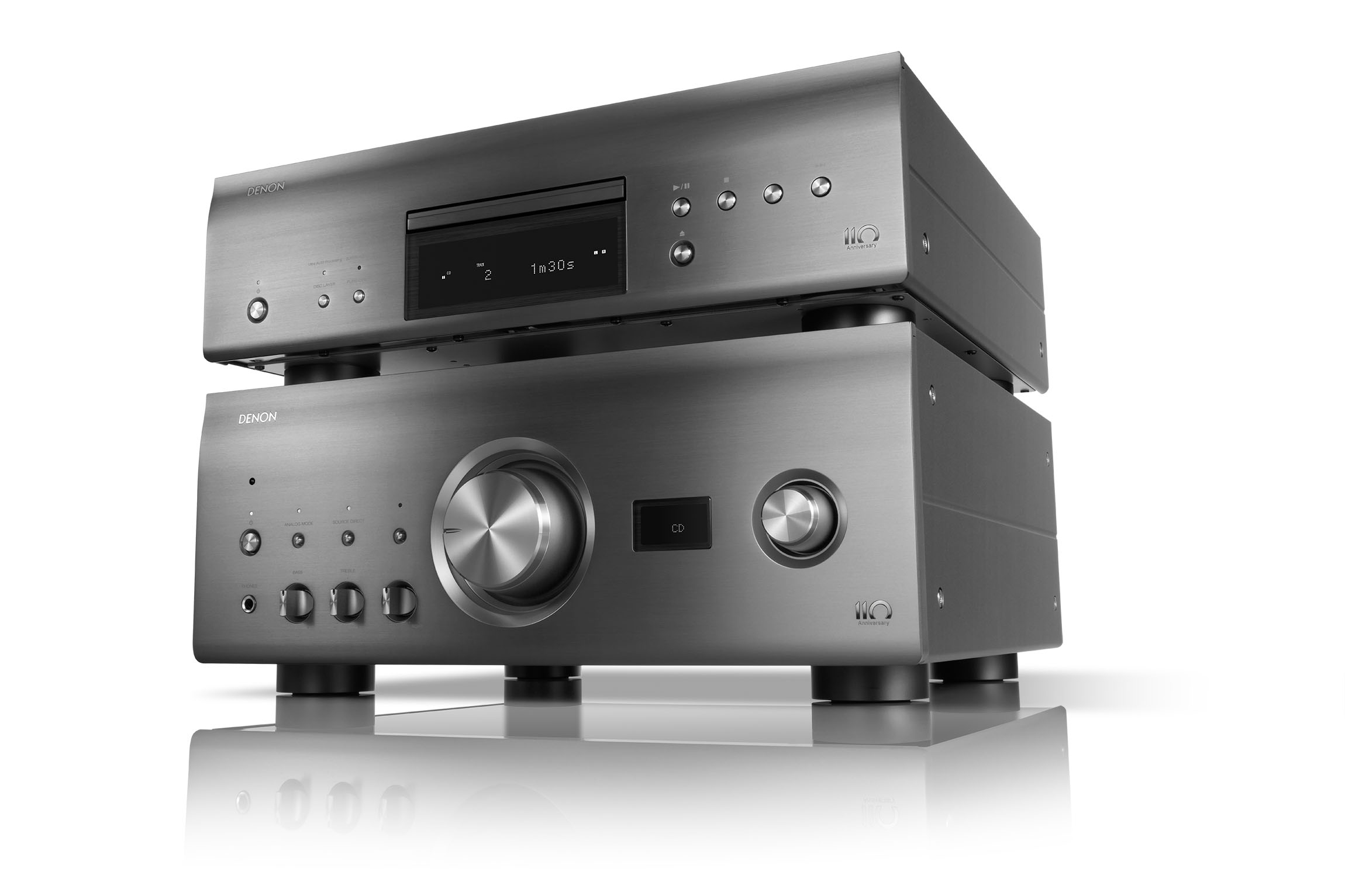
Conclusion
While I was very excited about the anniversary amplifier, Denon PMA-A110, the DCD-A110 lands more in the soft mid-range category. Not in the sense that it is a mainstream product. But because it is aimed at a narrower target group – which it ends up giving less to.
In terms of sound, I cannot put any blame on the Denon DCD-A110. It does the job and it pulls lots of details out of your CDs (and any SACDs that you happen to have standing). It even does it in a charming way. But it does it only a little better than the DAC in the PMA-A110 would do with most other CD players connected via the digital input.
Therefore, I would rather upgrade the system with the amplifier. And use the digital input to lift my existing CD player. If you can afford both of them, on the other hand, they will form a beautiful pair in the stereo shelf.
As it is, the DCD-A110 becomes a statement product – as The Final CD Player. That all very nice, but it could have become a digital hub in the setup if other audio sources had been able to take advantage of the well-soundingDAC.
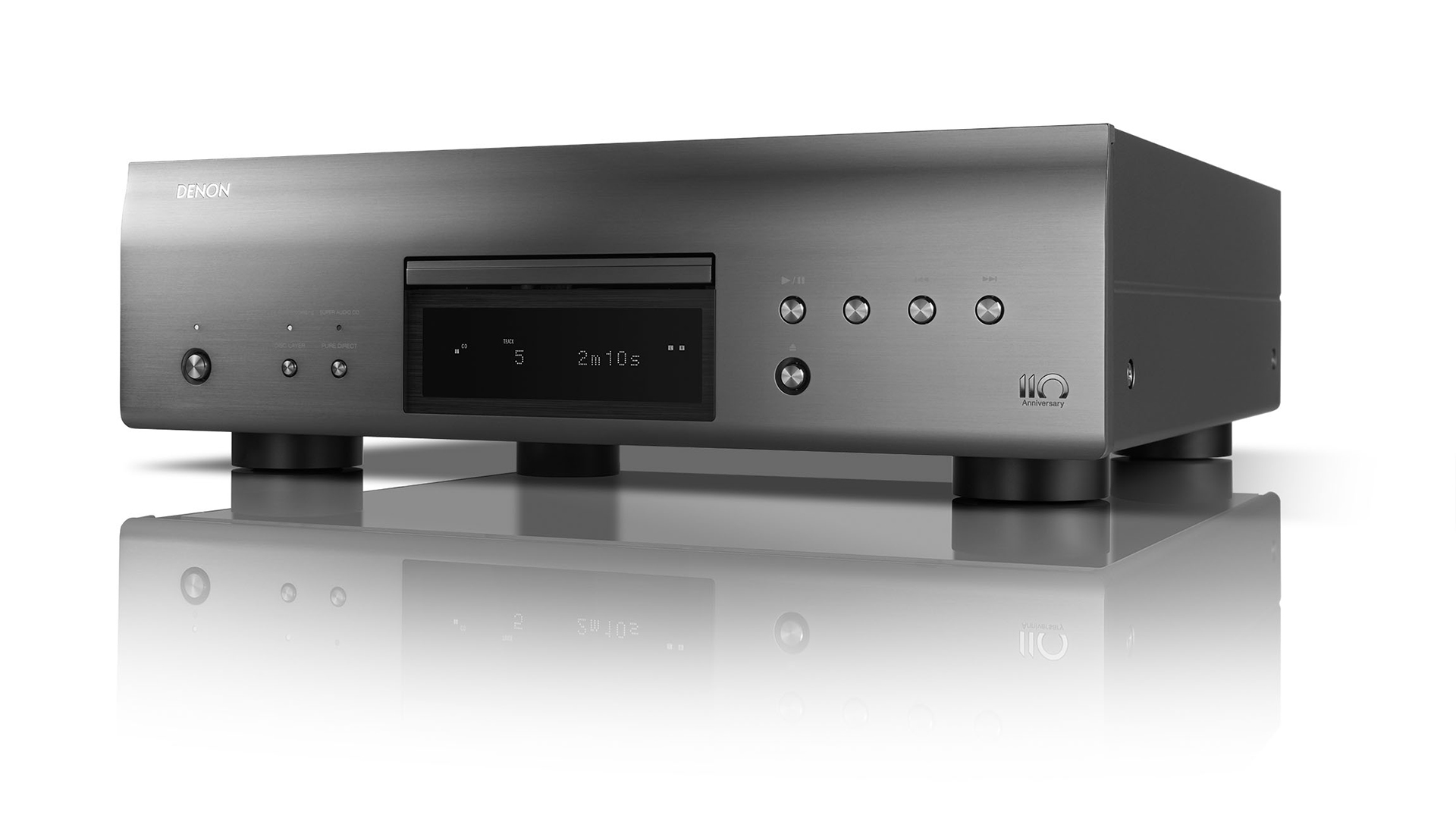

We think
High class design and build from the inside to the outside. The sound is in as high-classed as the price. No digital input. The DAC part is only slightly better than that of the corresponding amplifier. The SACD medium is just a curiosity.
2199 €
Specifications
- Inputs: None
- Outputs: Analog (stereo RCA), digital optical (TOSLINK), coaxial (RCA), remote control (minijack)
- Disk formats: CD, CD-R / RW, SACD
- File formats: MP3, WMA, AAC, ALAC, FLAC, DSD 2.8, DSD 5.6
- DAC: 4 x Burr-Brown PCM1795 in mono mode
- Dimensions and weight: 43.4 x 13.8 x 40.5 cm / 16.2 kg
- Web: hifiklubben.com
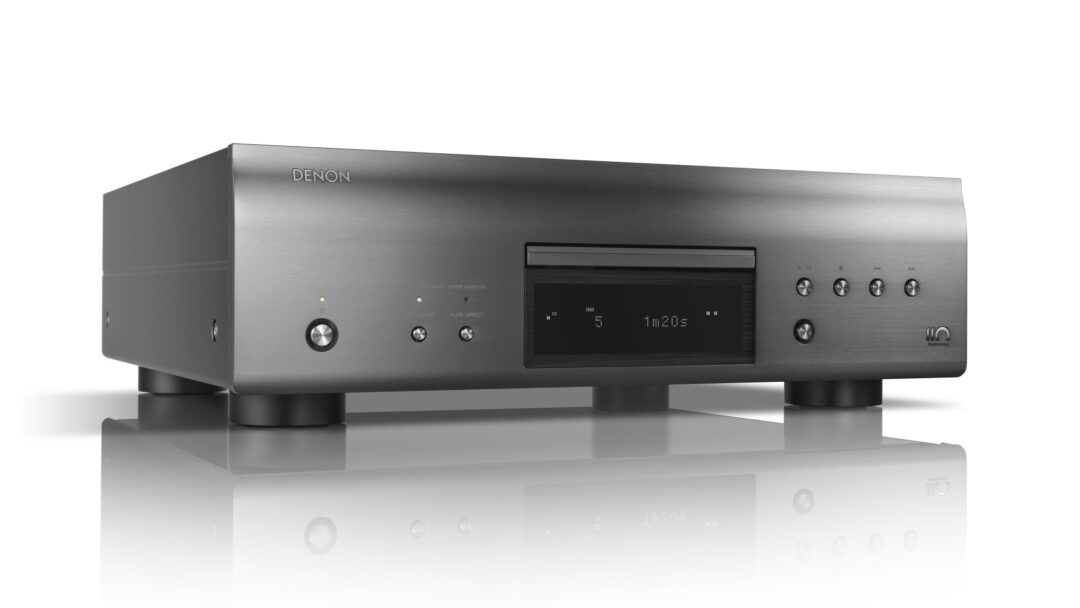

Exactly the issues I am grappling with in trying to find an SACD transport to team up with my PS Audio DAC/Streamer, which requires an I2S input to read SACD. This beautiful Denon can only play CD’s in that context, which compels me to buy the newish PS Audio SACD transport. However, the quality built and the aesthetics are utterly lacking with the PS Audio –comparitively, it’s an empty shell of a player with no innards. How PS Audio manages to price that unit (at $6500) escapes me. So if I buy this Denon, I am forced to pair it by analogue outputs to an old Sony receiver (for headphone listening), and I’m not sure that’s worth the bucks. But this Denon is so damn beautiful! Any thoughts then on the PS Audio SACD player? Should I go there? Thx.
I have this player and don’t agree with much of what john h. says about it. The player is for high end audiophiles , we can care less about surround and streaming. This is the best of the best. Vinyl can’t touch the sound quality of SACD’s which are still being made and this player is just great on them it also makes redbook’s sound as never before. Also nice to know it plays HDCD’s perfectly. The amp he speaks of is only about 85 WPC. The good vintage stuff like most of us have is 200 WPC or more and makes a huge difference in sound quality and soundstage. CD’s are making a comeback and will be around 100 years from now although the way we are treating the planet we may not be here to enjoy them. This Denon player is outstanding and worth every penny.
Completely agree with you. Many people fell into the streaming download/network player era, got rid of all their cds and now I think are realizing their mistakes by doing so! Cd/sacd replay/players never went away anyhow and the people that have gained from this are the ones that still champion the format. Just look at the utter cd bargains you can pick up in places like Oxfam. Sorry but Vinyl is incredibly overated in my opinion, and players like this one, Denons dcd 2500ne and 1600ne just shows you how far cd replay has come! It is superb! What a shame so many people mistakenly have abandoned it and now (good news) seem to be returning to it! The author’s final paragraph for this review is highly incorrect in my opinion.
While I appreciate the generally thoughtful review of this player, I had the distinct sense it focused more on the death knells of SACDs/CDs. I believe it is a bit inconsistent with a slightly later review of the Marantz 30N, by a different reviewer (Mr Svendsen), that gave it a six-star grade. Sure, the Marantz has digital input/HEOS streaming (for those that want and don’t have it performed by another unit) but he didn’t ding the unit for its disk playback function.
Marantz SA-7S1 vs SA-10 differences? vs similar like Denon DCD-A110
Morning all,
Whats the difference between these units in Sound mainly. Anyone demoed or owned any of the above. Any feedback appreciated.
Best regards Michael